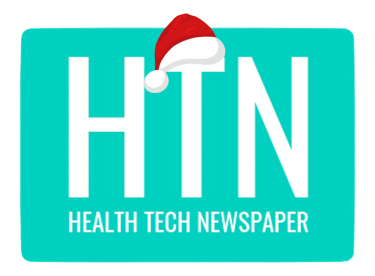Royal Bournemouth Hospital and Poole Hospital have introduced an NHS Streaming and Redirection (S and R) tool to their emergency departments, with the aim to “improve patient flow and reduce waiting times” through self check-ins.
The S and R tool uses an algorithm to help with clinical assessment, asking patients a series of questions and then assigning an acuity score, which directs them to one of four possible outcomes. This includes: a booked appointment in the ED; a scheduled appointment with a GP or primary care practitioner; a review by an initial assessment nurse for further clinical judgment; and redirection away from the ED.
According to University Hospitals Dorset NHS Foundation Trust, patients have already “responded positively” to the new system, with 60 patients having used the tool within the first three hours of it going live.
ED matron, Bruce Hopkins, commented on the benefits of using the tool: “This approach allows us to manage demand more effectively. For example, patients who are booked into later appointments can leave the department and return at a designated time, often within 90 minutes, rather than spending hours in the waiting room. This improves their experience and helps staff manage patient flow more predictably.”
Improving waiting times in health and care: the wider trend
Last month, Moorfields Eye Hospital NHS Foundation Trust shared details on how the introduction of their digital cataract service has helped to “improve efficiency and increase patient satisfaction” through the use of video consultations and the digitising of non-surgical processes.
Wales recently introduced a £120 million package to fund the reduction of long wait times and the size of waiting lists in the NHS by 200,000.
NHS England published its latest roadmap for the future of the NHS App, highlighting aims to increase the ability for users to self-serve as well as supporting operational efficiency and costs. The roadmap covers health records, appointments, prescriptions, integrated services, messaging, design and navigation, and platform and analytics, with a focus on “improving GP appointment booking journeys”.
Earlier in the year, NHS England published its 2025/26 priorities and operational planning guidance, with a focus on local prioritisation and planning, reducing wait times, improving access and patient flow and more. On reducing waiting times, NHSE outlined plans to increase the percentage of patients waiting no longer than 18 weeks for elective treatment to 65 percent nationally by March of 2026.







